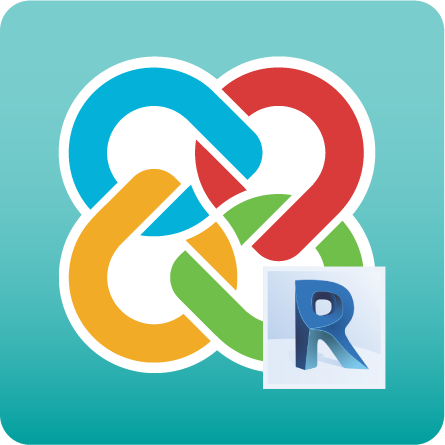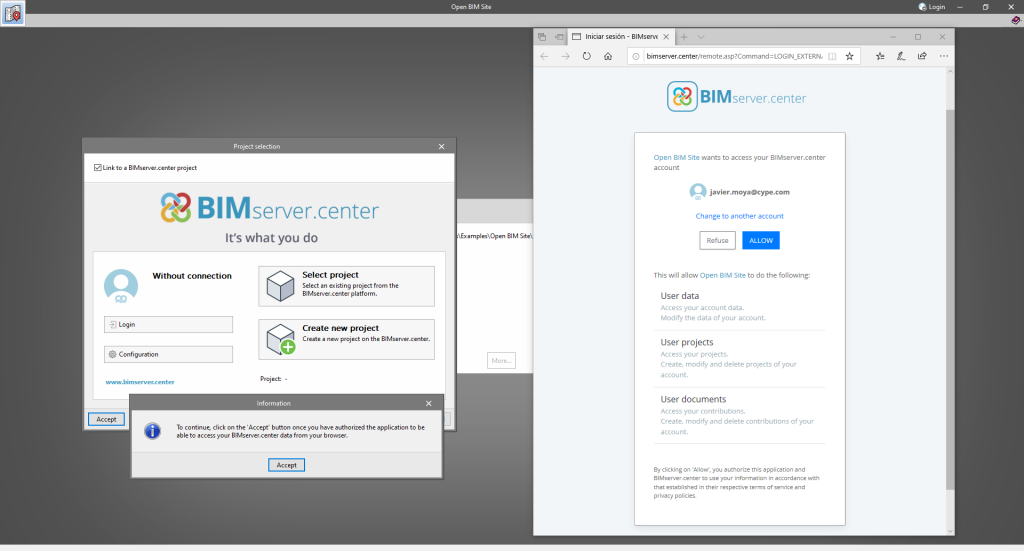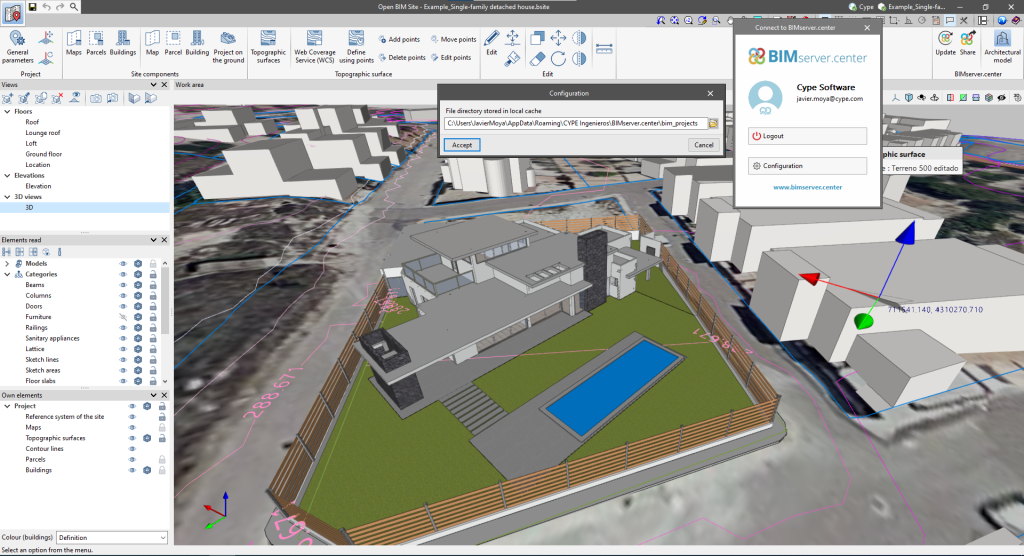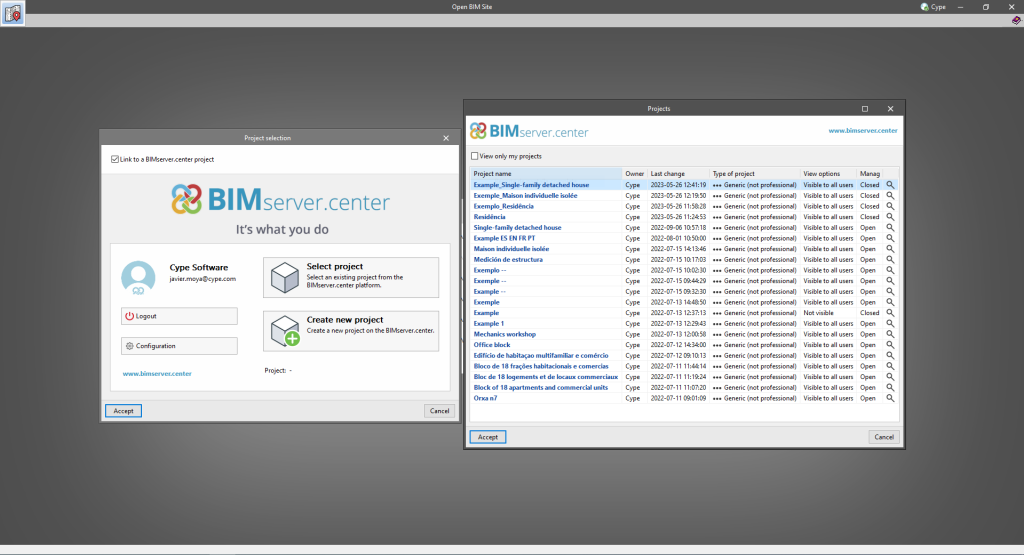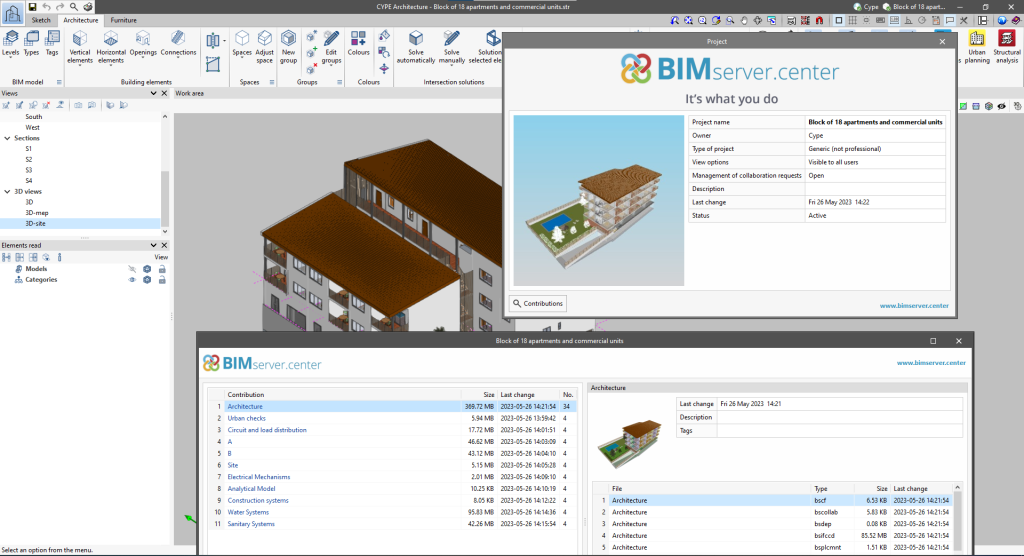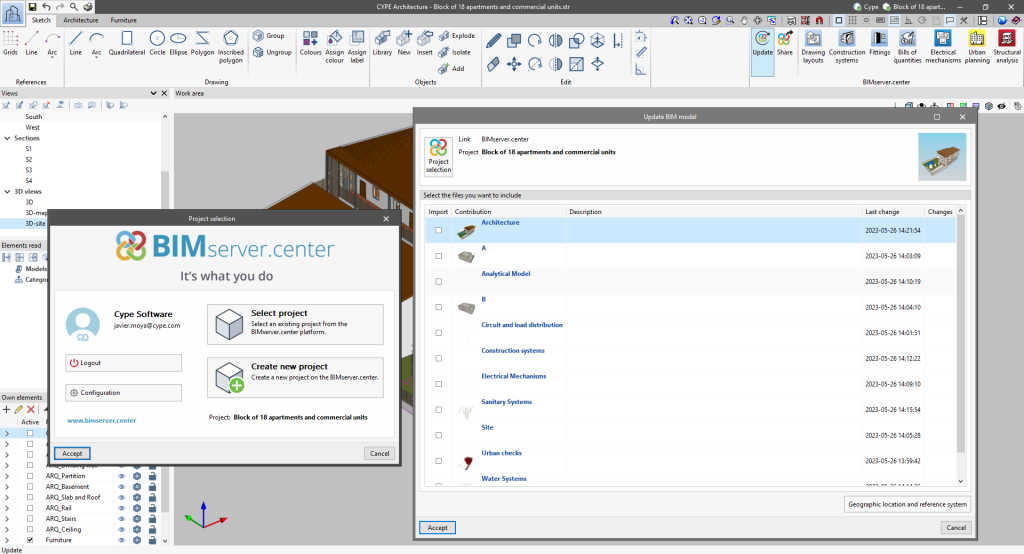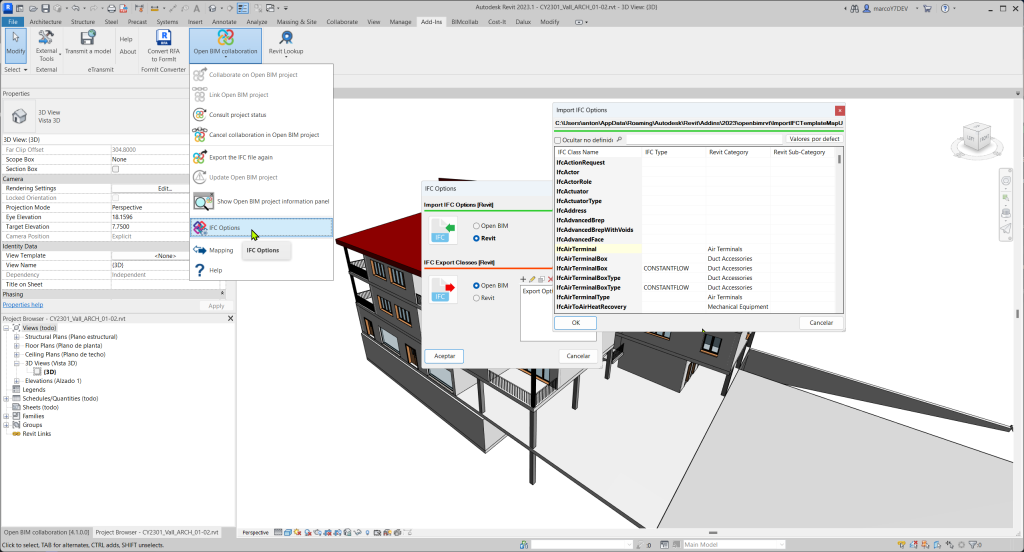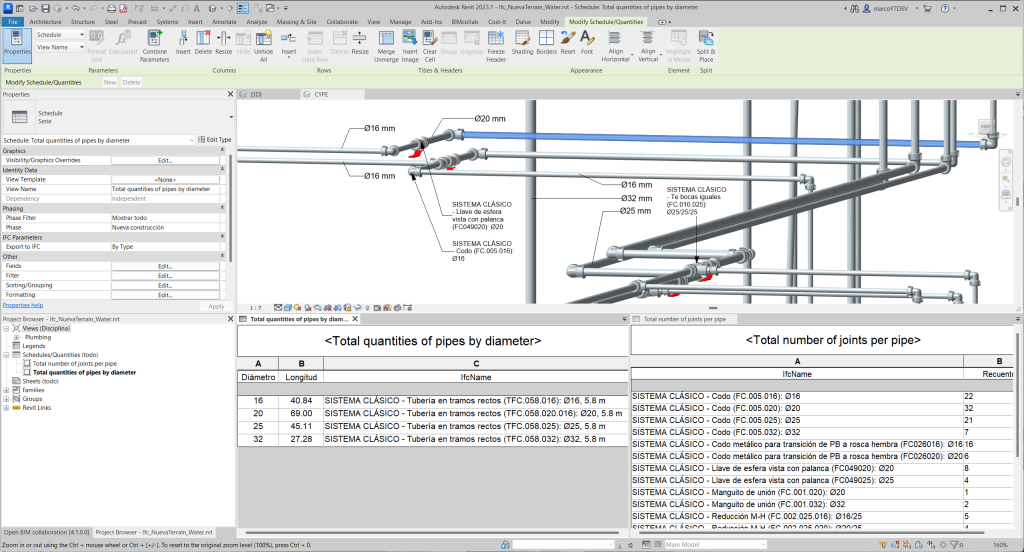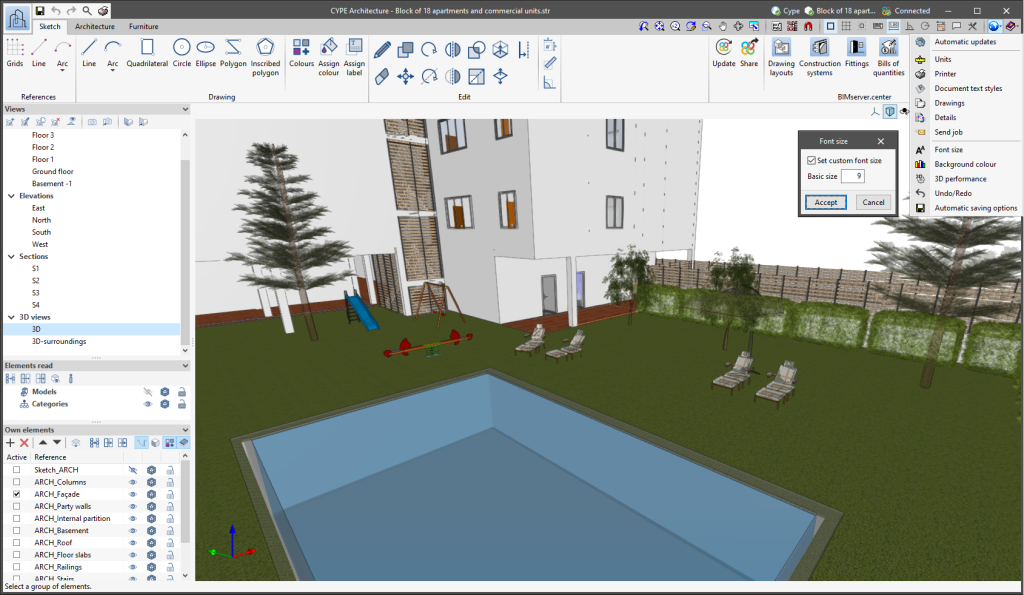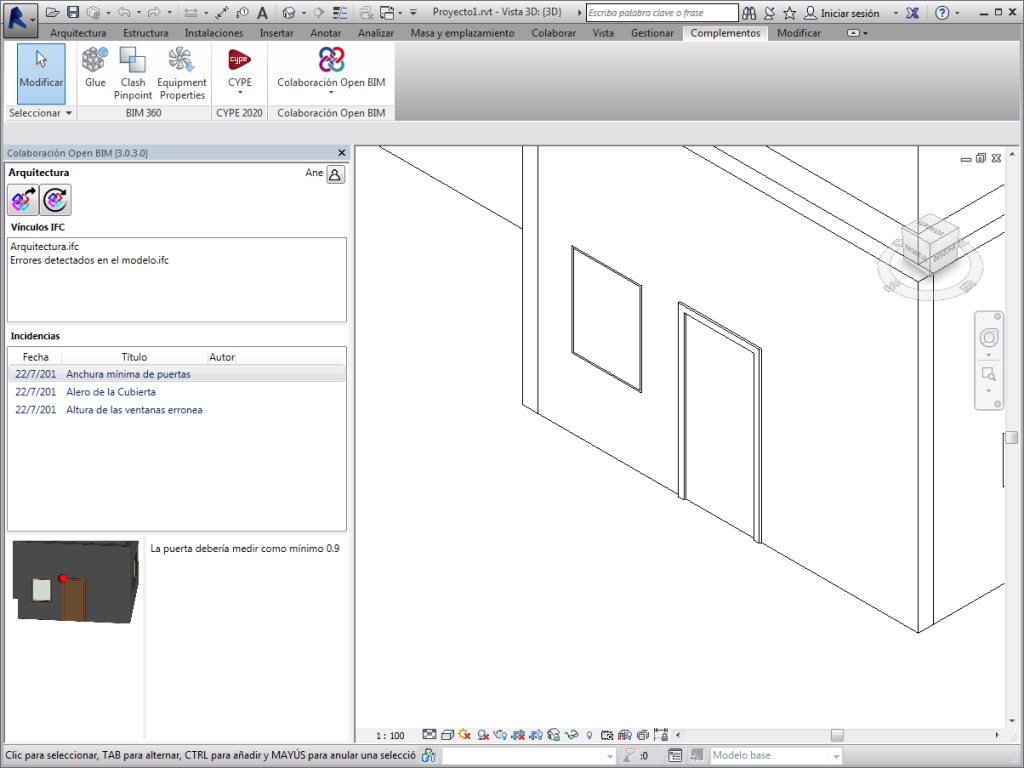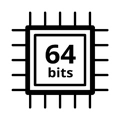
A recent post on the CYPE blog detailed the improvements of the Open BIM - Revit Plugin incorporated in version 2023.e, focusing on the linking of IFC files and the information contained in elements, which can be recognised as belonging to Revit's own categories and which, therefore, allows tagging or listing actions to be carried out in planning tables.
Version 2024.a of the plugin includes a notable improvement from a user experience point of view: the extraction of content from IFC links, as well as compatibility with Revit 2024.
The new version makes it possible for users to convert the linked IFC model into a set of individual objects (DirectShape), which means that these objects can be deleted or their position can be changed, and the associated element parameters can be modified. Furthermore, linking to native Revit categories allows filtering, tagging and listing in tables (as was already the case with linked IFCs).
For the analysis and documentation of the models, the conversion process adds a significant advantage: the unifying of shared parameters. Linking IFC models to a Revit project requires the association of individual IDs to each IFC property or attribute; the consequence of this process is that the same attribute/property receives different IDs in different links, which makes it necessary to define the specific shared parameter file for each operation to be performed on each of the linked models. By extracting the content of the IFC links, this tedious operation is no longer necessary; the plugin takes care of unifying the shared parameters so that users are not forced to maintain and manage a set of shared parameter files (one for each linked IFC model). In other words, the process becomes transparent to users, who only need to be concerned with locating the attribute/property to be listed, by its name.
The conversion process is fully reversible; users can either Extract content from the link to the document or Revert the content extraction of the link. Users can maintain the synchronisation of the different models to the project in BIMserver.center and define this operation either for the federated set of models or individually, for each of them (the status of each link will be shown with a different icon and colour).
Overall, the potential of the new plugin significantly improves the users' experience and allows models present in the project shared on BIMserver.center to be integrated into the Revit file, making coordination and documentation tasks easier. This capability is of particular interest for highly detailed and accurate models generated from the manufacturer's applications, which are free to use.


